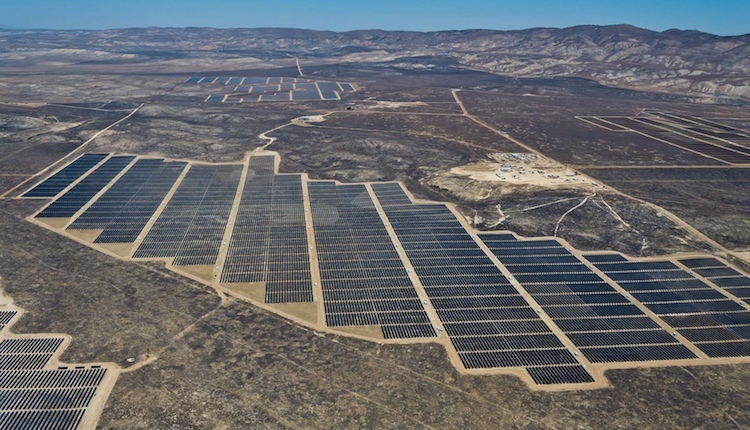Policies to Create All-Electric Buildings
The state is moving to end natural gas use in buildings, a big contributor to carbon emissions

California recently set a goal of becoming carbon neutral by 2045, with an intermediate target of cutting greenhouse-gas emissions to 40 percent below 1990 levels by 2030. Critical to reaching carbon neutrality is eliminating emissions from homes and buildings. Progress has been made in this direction, but buildings remain among the top three sources of pollution in California, generating 25 percent of the state’s total emissions.
Approximately 90 percent of all buildings in California use natural gas. The gas appliances in our homes and buildings consume more gas than all of California’s power plants. Methane, the main constituent of natural gas, is a more potent greenhouse gas than carbon dioxide — 100 times more powerful over 20 years and still 24 times more potent over 100 years. The solution to decarbonizing our buildings is to shift to electric equipment that can be powered by clean energy. Several months ago, the California Energy Commission approved a path to clean, zero-emission, all-electric homes and buildings.
Natural gas has long been touted as the bridge fuel to a clean-energy future. The ubiquitous leaks in the natural gas infrastructure, together with the potency of methane, belie the notion that gas is a good transition fuel. Some recent studies that have been able to document the full extent of gas leaks equate natural gas with coal in its impact on the climate.
California has equivocated on its vanguard requirement that all new homes be “zero net energy” starting next year by allowing natural gas if its energy is offset by an equivalent amount of renewable energy. California’s new path now focuses directly on reducing emissions: i.e., eliminating natural gas while encouraging clean electricity generated from renewable wind and solar.
The Public Utilities Commission is about to launch two new programs to speed the path to building decarbonization. One program (BUILD) is encouraging technologies in new buildings that go beyond current codes to cut emissions, such as installing high-efficiency heat pumps, solar thermal heating, more energy efficiency, and batteries to store solar energy. The other program (TECH) addresses low-emission space and water heating in new and existing houses. Two hundred million dollars have been approved for these efforts. The intent is not just to reduce emissions but to drive down the costs of these approaches for all consumers and thus gain wider and speedier mass market adoption. Another initiative in the same vein is a pilot program to encourage homes being rebuilt after wildfires to go all-electric.
California’s policies are now closing the last big gaps by looking at our carbon emissions comprehensively. This could serve as a model for other states and countries.



